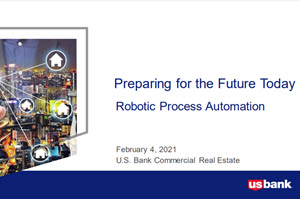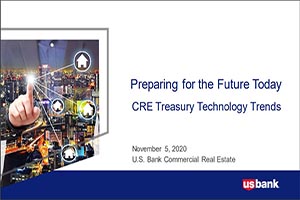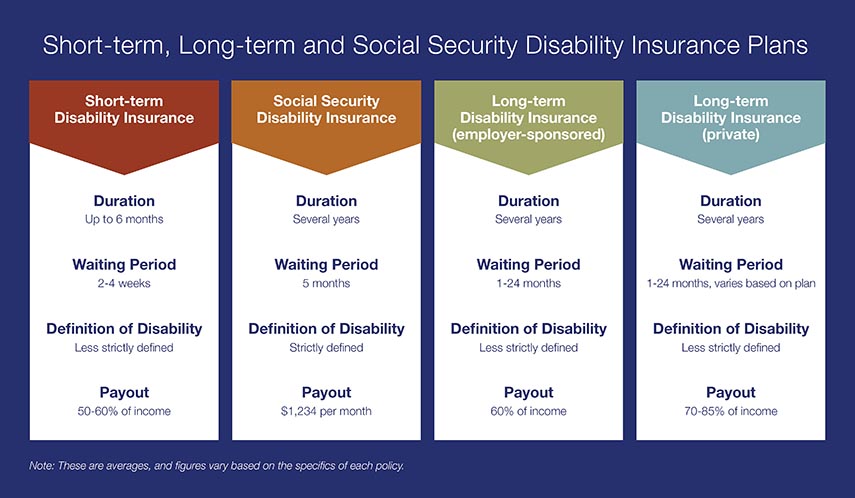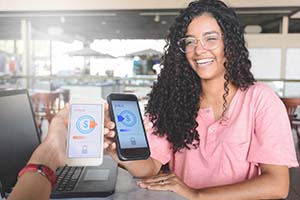2. Make payment transactions cleaner and safer
Today, patients are worried about virus transmission, hygiene and sanitation. At the height of the pandemic when many were cancelling appointments, safety was the top reason cited for cancellations with 87% of patients deferring because of it.
Now, most healthcare organizations are diligent about sanitizing high-touch surfaces like elevator buttons and door handles, but what about payment devices? Our survey revealed that even in February 2021, 76% of healthcare consumers are still somewhat or extremely concerned about touching payment devices and device sanitation.
Fortunately, digital payment options like QR codes and mobile apps offer patients a cleaner, safer way to pay online, and are an important complement to touchless in-person payments including contactless cards.
Pairing digital and in-person payment options helps meet all customer preferences throughout the pandemic and beyond, as our survey found that 25% are now paying via contactless debit or credit because of COVID-19, 23% via their provider’s online portal, 18% via an online money transfer service, 17% via mobile app and 11% via text.
Not only do digital payments give patients peace of mind, but hospital and clinic staff will also appreciate the safety of working with touchless transactions.
3. Streamline customer service and support
Medical bills are confusing for many patients, who can struggle to understand how much they owe, what their insurance will cover and when payments are due. The consumer support features available through some digital payment platforms present an opportunity for healthcare organizations to more efficiently manage inbound inquiries.
Through a digital payment solution, patients can access real-time assistance and information via online live chat or interactive voice response (IVR) on the telephone. This lets them seek help 24/7, at any time that’s convenient for them — ideal for those whose work or lifestyle makes it difficult to reach out during traditional office hours. With IVR, patients can even receive multi-lingual support.
According to our survey, live chat is something patients want. Nearly a quarter are already using the live-chat feature on online patient portals, and 56% would be extremely or very comfortable resolving payment and billing questions via live text chat or video chat.
Meanwhile, IVR is another great way for providers to speed up payment collection. Over 40% of the healthcare consumers we surveyed in our healthcare report would use IVR to pay bills and find balance information, and 37% think IVR is good for payment reminders.
Enabling digital payments at your healthcare organization
Offering digital payments is one of the best ways healthcare organizations can transform the patient experience, addressing key issues like price transparency and access to information. They also allow providers to work smarter not harder, improving revenue cycle management and ensuring staff can spend more time on activities that enhance patient care and the improve the patient experience.
To learn more about how the pandemic is transforming healthcare payments and patient expectations, check out the full results from our survey in our 2021 Healthcare Payments Insight Report.
Tyler Eppley is the vice president of healthcare payment solutions at U.S. Bank and has worked exclusively with providers for more than 15 years to optimize revenue cycle operations and improve the patient experience.





































































